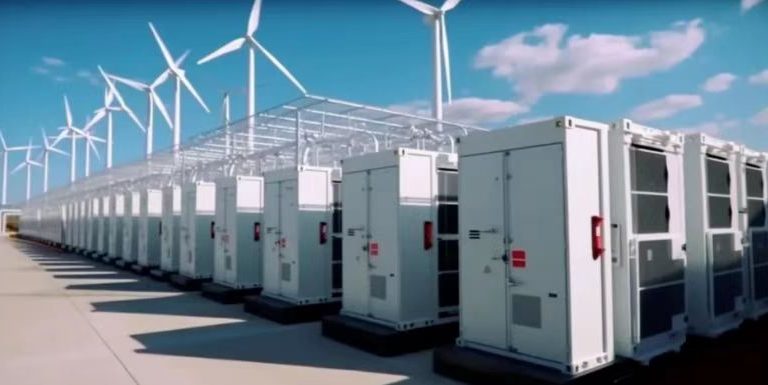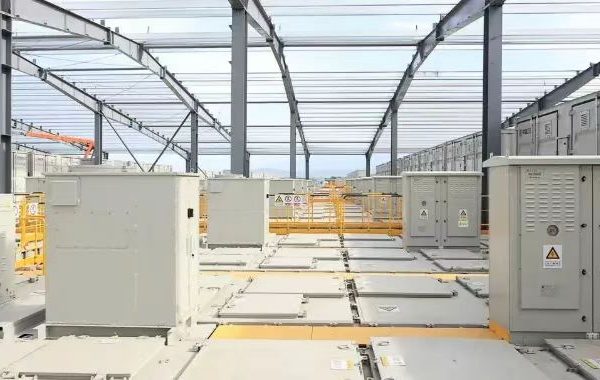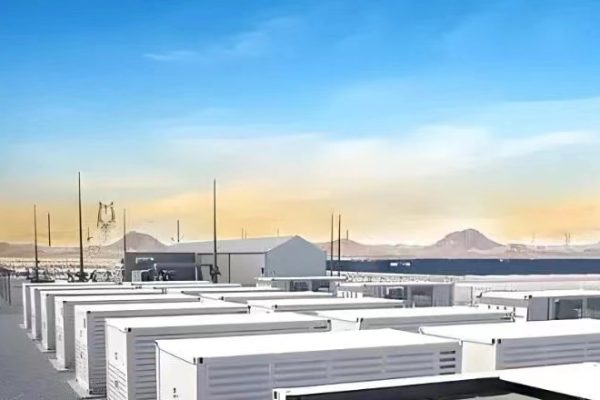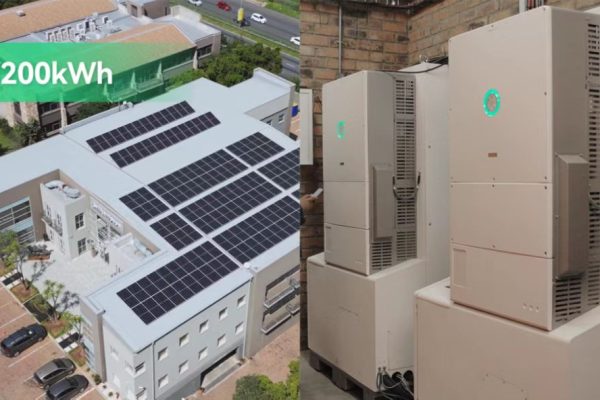For exporters and distributors of home energy storage systems (ESS) and battery technologies, receiving vague trade inquiries is a common challenge. Potential clients may provide minimal information, unclear specifications, or uncertain project goals.
Handling such inquiries effectively is crucial to:
- Qualify serious buyers efficiently
- Avoid wasted time on leads that are not ready or compatible
- Build trust and demonstrate professionalism
- Increase conversion rates in international trade markets
This article explores practical strategies for managing vague trade inquiries, with a focus on the home ESS and battery export sectors.
1. Why Trade Leads Are Often Vague
- Early-Stage Buyers
- Companies may be exploring options without technical expertise.
- They often send inquiries like: “We need a battery system for our project—what do you have?”
- Language and Communication Barriers
- International leads may struggle with technical terminology.
- Short or unclear messages are common from non-native English speakers.
- Market Research or Price Benchmarking
- Some leads simply want pricing or product information without committing.
- Unclear Project Scope
- Clients may not know load requirements, storage capacity, or regulatory needs.
2. Initial Response Strategy
- Acknowledge Promptly
- Respond within 24 hours to maintain engagement.
- Example: “Thank you for your inquiry. We would be happy to assist you with your ESS requirements.”
- Gather Key Information
- Politely ask for essential details:
- Type of system: residential, commercial, or industrial
- Battery chemistry: LiFePO₄, NMC, or other
- Capacity range (kWh)
- Voltage or inverter requirements
- Timeline and project location
- Example email snippet: “Could you please provide more details about your project? For example, the expected daily load (kWh), preferred battery type, and system voltage. This helps us recommend the most suitable solution.”
- Politely ask for essential details:
- Use Structured Questionnaires
- Prepare a short lead qualification form for consistent data collection.
- Example fields: location, system size, preferred brand, budget range, timeline, certification requirements.
3. Educate While Qualifying
- Include brief explanations of key technical concepts:
- Battery chemistry differences (LiFePO₄ vs. NMC)
- Depth of Discharge (DoD) impact on lifespan
- Scalability and modular options
- This helps non-technical buyers provide better information while positioning your company as an expert.
Example:
“For residential ESS, LiFePO₄ batteries are often recommended due to their long cycle life and safety. Could you let us know the average daily consumption (kWh) so we can suggest the right capacity?”
4. Qualify Leads Efficiently
- Red Flags for Low-Quality Leads
- Extremely vague requests without context
- Unrealistic budget vs. system requirements
- Leads requesting confidential pricing or OEM samples immediately
- Prioritize Serious Buyers
- Leads providing clear project scope, timeline, and location
- Buyers familiar with local standards (UL, CE, IEC) or export requirements
- Follow-Up Strategy
- Send a polite reminder if information is missing
- Offer guidance templates to assist clients in specifying their needs
5. Use Communication Tools to Clarify
- Email Templates
- Standardize responses for common vague inquiries.
- Interactive Calls or Video Conferences
- Direct conversation often clarifies unclear requirements faster than email.
- Technical Reference Sheets
- Include datasheets, product specifications, and comparison charts
- Helps clients understand key differences between battery options
6. Leverage CRM and Lead Management
- Track response time, inquiry quality, and follow-ups
- Categorize leads by priority, project type, and readiness
- Automated reminders ensure no inquiry is neglected, even if initially vague
7. Best Practices for Export Markets
- Highlight Industry Certifications
- UL1973, UL9540, CE, IEC certifications are critical for international clients.
- Local Regulations Awareness
- Understand import restrictions, shipping conditions, and energy standards for the target market.
- Custom Solutions
- Vague leads may indicate unique project requirements.
- Offering modular, scalable systems can address unclear needs while demonstrating flexibility.
8. Example Workflow for Handling Vague Trade Inquiries
| Step | Action | Objective |
|---|---|---|
| 1 | Initial acknowledgment | Engage client quickly |
| 2 | Request project details | Gather essential info |
| 3 | Provide technical guidance | Educate client |
| 4 | Qualify lead | Identify serious buyers |
| 5 | Offer tailored solutions | Increase conversion rate |
| 6 | Track in CRM | Maintain communication and follow-up |
Vague trade inquiries are common in the home ESS and battery export markets, but they also represent potential opportunities.
By:
- Promptly acknowledging inquiries
- Gathering essential technical and project information
- Educating clients during the qualification process
- Using CRM tools for tracking and prioritization
Exporters and installers can convert vague leads into serious buyers, while building credibility and trust in international markets.









